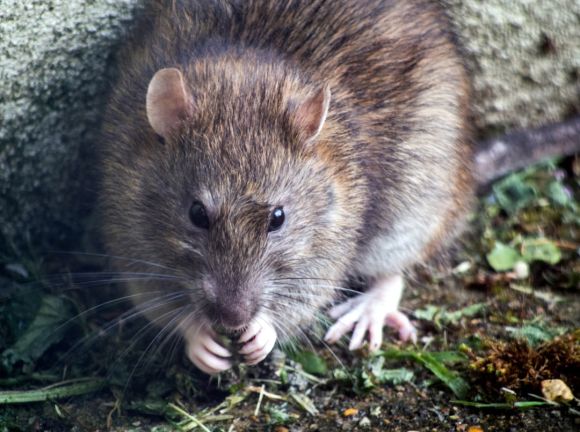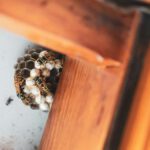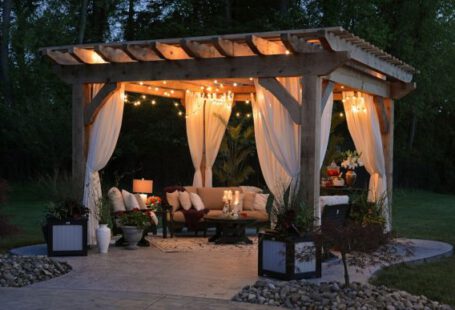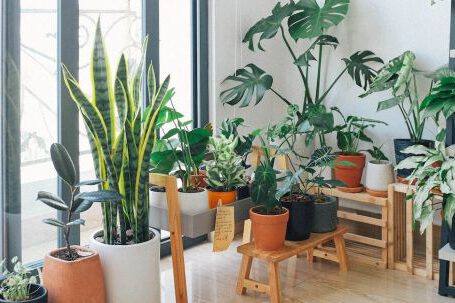Invasive pests can wreak havoc on our gardens and homes, causing damage to plants, structures, and even our health. These unwelcome visitors can be a real nuisance, but with the right strategies in place, you can create a barrier that will help keep them at bay. In this article, we will explore some effective methods to prevent and control invasive pests.
Identify and Monitor
The first step in creating a barrier against invasive pests is to identify the specific pests that are causing problems in your area. Different pests require different control methods, so it’s essential to know what you’re dealing with. Consult with local experts or use online resources to learn about the common invasive pests in your region.
Once you have identified the pests, it’s crucial to monitor their activity regularly. Keep an eye out for signs of infestation, such as chewed leaves, droppings, or damage to plants. Early detection is key to preventing the pests from establishing a strong presence in your garden or home.
Maintain a Clean Environment
Invasive pests are often attracted to cluttered and unkempt environments, so keeping your surroundings clean and tidy can help deter them. Remove any debris, fallen leaves, or overgrown vegetation that may provide hiding spots or breeding grounds for pests.
Regularly inspect and clean areas that are commonly infested, such as basements, attics, and storage sheds. Make sure to seal any cracks or gaps in the walls, windows, or doors to prevent pests from entering your home.
Choose Resistant Plants
One effective way to create a barrier against invasive pests is to select plants that are resistant to their attacks. Research and choose plant varieties that have natural defenses against common pests in your area. These plants are less likely to be affected by pest infestations and will require fewer pesticides or insecticides.
Consider using companion planting techniques to further protect your garden. Certain plants, when grown together, can repel pests or attract beneficial insects that prey on pests. For example, planting marigolds alongside your vegetables can deter aphids and other harmful insects.
Implement Physical Barriers
Physical barriers can be highly effective in preventing pests from accessing your plants or entering your home. Install wire mesh or netting around your garden to keep out larger pests like rabbits or deer. Use row covers to protect plants from flying insects and other pests.
For indoor pest control, consider installing screens on windows and doors to keep out flying insects. Seal any cracks or openings in the walls or foundation to prevent pests from entering your home. Additionally, use door sweeps and weather stripping to seal gaps under doors.
Practice Integrated Pest Management
Integrated Pest Management (IPM) is a holistic approach to pest control that focuses on long-term prevention and minimizes the use of chemicals. It involves a combination of strategies, including biological controls, cultural practices, and targeted pesticide use when necessary.
Implementing IPM techniques can help create a barrier against invasive pests by promoting a balanced ecosystem in your garden or home. Encourage beneficial insects, such as ladybugs and lacewings, by providing them with a habitat and food sources. Use organic pesticides sparingly and only when other control methods have failed.
In conclusion, creating a barrier against invasive pests requires a proactive approach that combines identification, monitoring, and prevention strategies. By maintaining a clean environment, choosing resistant plants, implementing physical barriers, and practicing integrated pest management, you can significantly reduce the risk of pest infestations. Remember, early detection and regular monitoring are key to staying one step ahead of these unwanted visitors.





